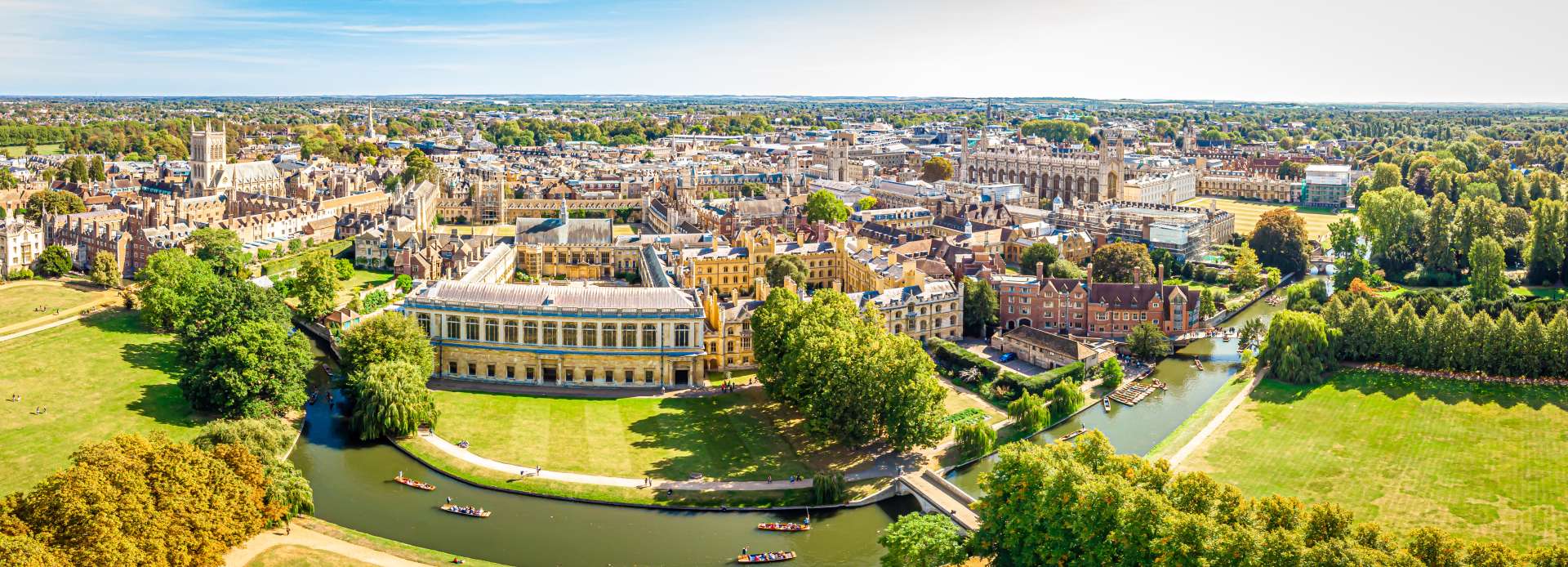
St Bartholomew-the-Great — London’s Oldest Parish Church
Step Inside a 12th-Century Norman Masterpiece in Historic Smithfield West Smithfield, London EC1A 9DS
Specification
A Sanctuary of Stone and Light
Hidden behind modern Smithfield Market, St Bartholomew-the-Great is one of London’s most remarkable medieval survivors.
Founded in 1123 by Rahere, a courtier turned monk, it has witnessed nine centuries of worship, war, and renewal.
Its Norman arches, candle-lit nave, and ancient stones transport visitors back to the earliest days of Christian London.
A Story of Faith and Survival
St Bartholomew’s began as part of an Augustinian priory beside the nearby hospital of the same name.
During the Dissolution of the Monasteries, much of the priory was destroyed, but the church survived as a parish sanctuary.
Therefore, it stands today as a rare example of Norman ecclesiastical architecture within a modern cityscape.
Its enduring presence symbolises London’s ability to adapt without forgetting its faith or foundations.
Exploring St Bartholomew-the-Great
1. The Nave and Norman Arches
The church’s interior is defined by massive stone pillars, rounded arches, and vaulted ceilings typical of the 12th century.
Soft light filters through clerestory windows, creating a sense of peace and timelessness.
Film fans may recognise the space from “Four Weddings and a Funeral” and “Shakespeare in Love.”
2. The Lady Chapel
Rebuilt after the Reformation and the Great Fire of 1666, the Lady Chapel shows how faith continued despite change.
It was once used as a printer’s workshop by Benjamin Franklin’s employers, before being restored for worship in the 19th century.
3. Tombs and Memorials
Among its ancient tombs rests Rahere, the founder, beneath an ornate canopy.
Other memorials commemorate Londoners who served in medicine, trade, and war.
In addition, modern sculptures and art installations connect the church’s past to its present mission.
Learn more at the official St Bartholomew-the-Great website
A Living Place of Worship
Despite its age, St Bartholomew-the-Great remains an active parish church.
Daily services, choral music, and special events fill the building with life.
Furthermore, its peaceful atmosphere offers a rare retreat amid the city’s hustle — a reminder that spiritual quiet still has a home in London.
Visiting St Bartholomew-the-Great
How to Get There
Address: West Smithfield, London EC1A 9DS
By Tube: Barbican or Farringdon (5–7 minutes walk)
By Bus: Routes 8, 25, 56 stop near Smithfield Market
By Train: Farringdon Station (connects Thameslink and Elizabeth Line)
Opening Hours & Admission
Open daily for visiting and worship. Small entry fee for sightseeing; free for services.
Facilities
Gift shop and guided tours
Step-free access to main areas
Choral and organ performances
Nearby Attractions
Smithfield Market: Historic Victorian market and future home of the Museum of London.
Charterhouse: Medieval almshouse and museum nearby.
Guildhall Art Gallery: Home to the Roman Amphitheatre.
St Paul’s Cathedral: A short walk away along Cheapside.
Together, they create the Clerkenwell & Smithfield Heritage Trail.
Why Visit St Bartholomew-the-Great?
The St Bartholomew-the-Great experience is a journey through 900 years of London’s spiritual and architectural heritage.
Its arches, music, and silence speak of faith that endures through centuries of change.
Whether you come to pray, admire, or reflect, this church offers a rare connection to the city

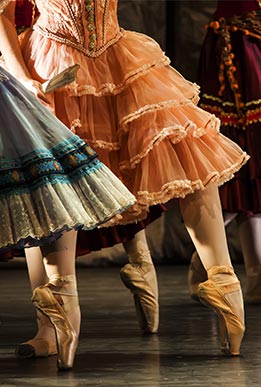
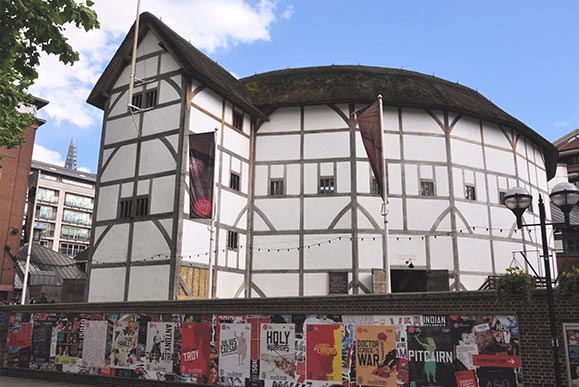
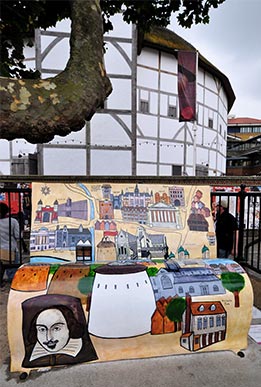
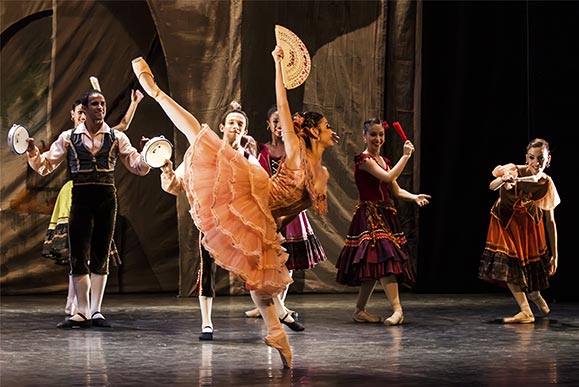
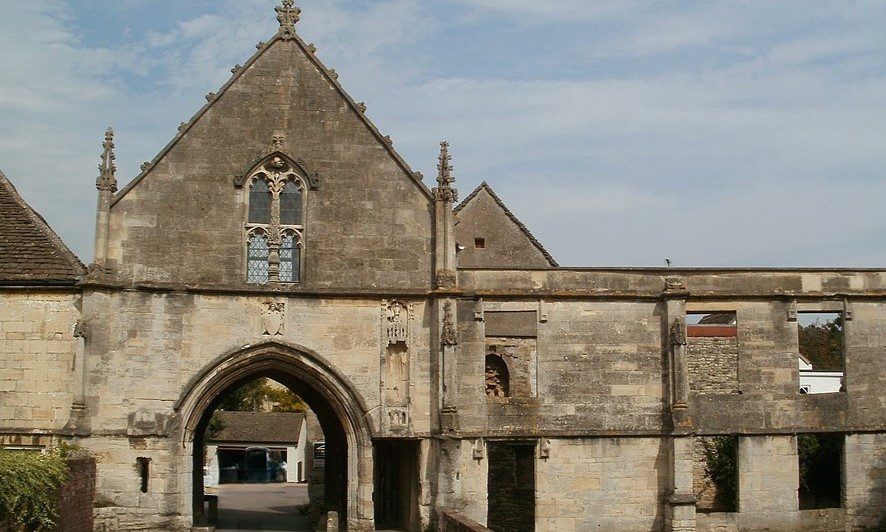
No Reviews